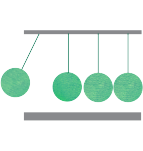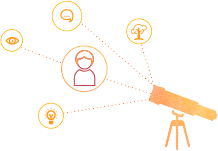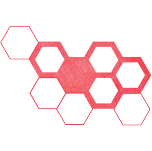Focuses on Positive Youth Development
Caring, consistent student-adult relationships that communicate high expectations for student learning and behavior
Clear expectations for student competencies and standards of performance
Opportunities for students to contribute to the school environment and have a voice in decisions
Encouragement of student responsibility for meeting learning and personal goals
Openness to and encouragement of family participation
Integration of community participation, assets, and culture
Has a clear mission & coherent culture
Clearly defined purpose, goals, and school culture
Mission and culture embodied in all aspects of school design
Manages school operations efficiently and effectively
Purposeful use of time, people, and technology to optimize teachers’ ability to support student learning
All elements of school design organized to maximize efficient use of resources
Flexible, customizable scheduling
Clear operational performance goals and accountability mechanisms
Automation of basic tasks whenever possible
Has a effective human capital strategy
Consistent, high-quality systems for sourcing and selecting teachers and staff
Individualized professional development that cultivates teachers’ strengths and meets school needs and priorities, including use of blended learning
Fair and equitable teacher evaluation
Leadership development opportunities and a leadership pipeline
Develops & deploys collective strengths
Teacher teaming that strengthens instructional design and delivery and enables professional growth
Mechanisms that promote innovation and initiative among teachers and staff
Differentiated roles for adults (e.g., multiple “teacher” roles) that enable effective implementation of the school model
Empowers and supports students
Explicit linkages between future academic and career pathways and current learning and activities
Transparency regarding student status and progress toward graduation for students and parents/guardians
Adheres to mastery of rigorous standards
Curriculum that enables all students to meet rigorous standards.
Multiple opportunities for students to show mastery through performance based assessments
Student advancement based on demonstration of mastery of knowledge and skills
Is porous and connected
Effective partnerships with organizations that enrich student learning and increase access to community resources and supports
Participation in a network of schools that share knowledge and assets
Personalizes student learning
Instruction in a variety of learning modalities, linked to students’ strengths and learning goals
Data-driven, real-time feedback for students and teachers
Embedded, performance-based formative assessments
Effective use of technology for anytime, anywhere learning
Continuously improves operations & model
Use of performance data and analytics to improve curriculum and instruction
Regular review and revision of school operations and model to increase effectiveness




